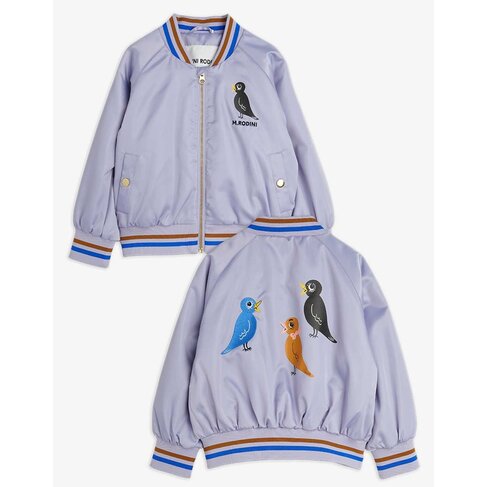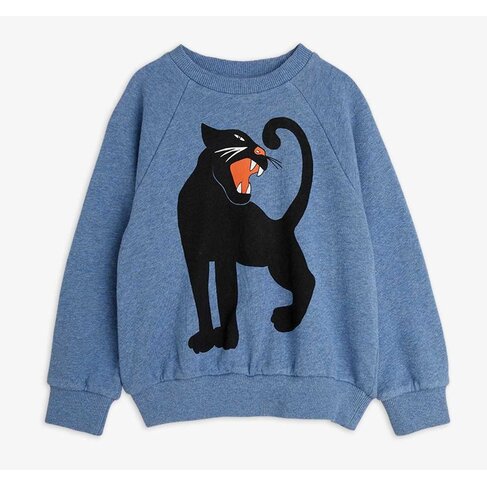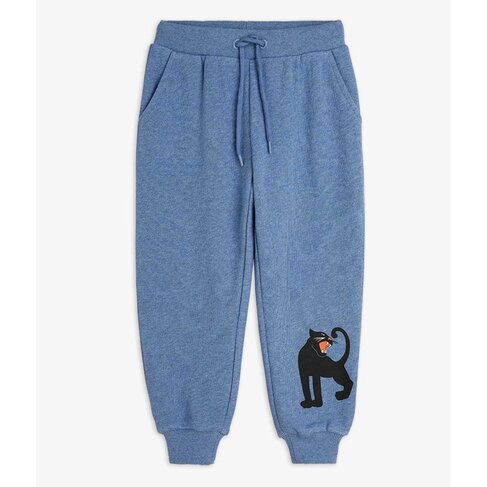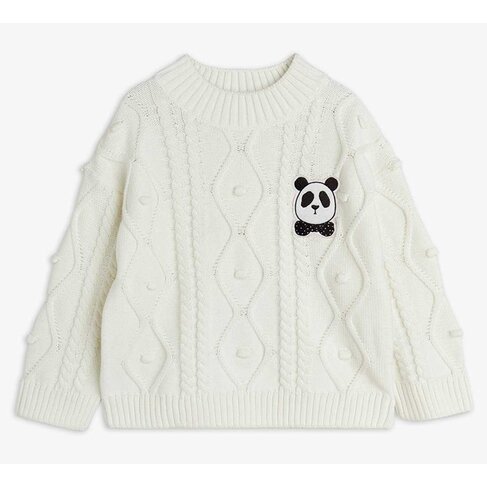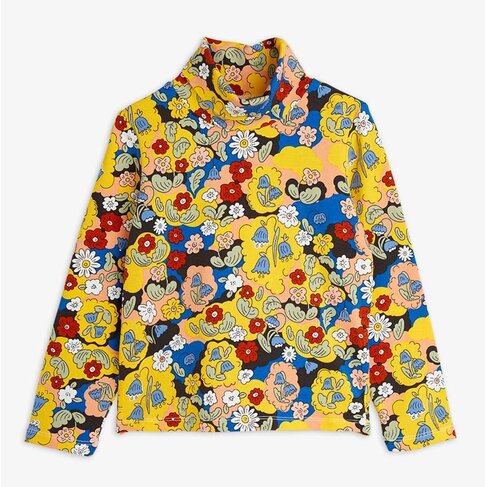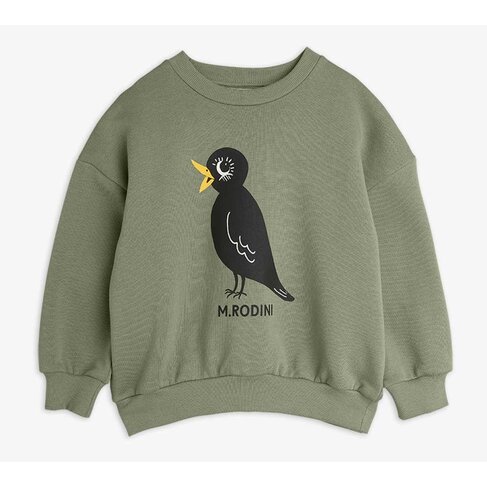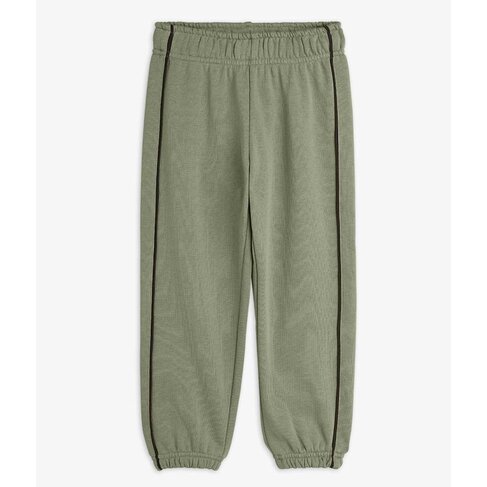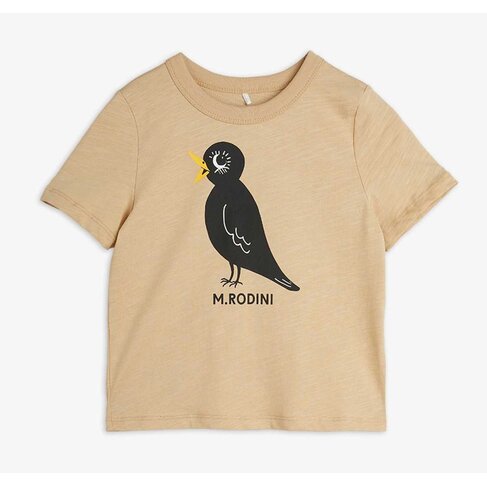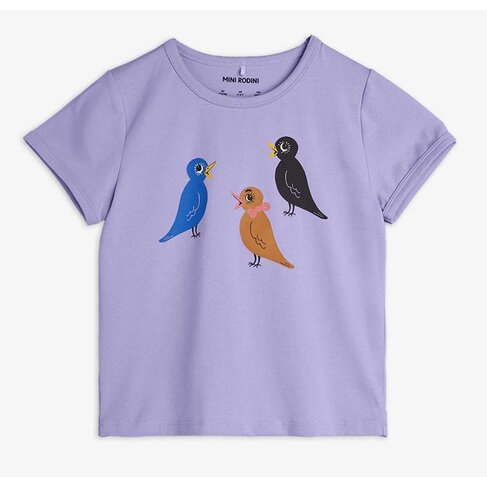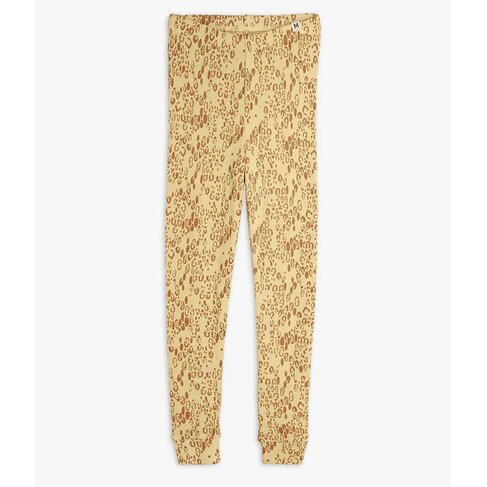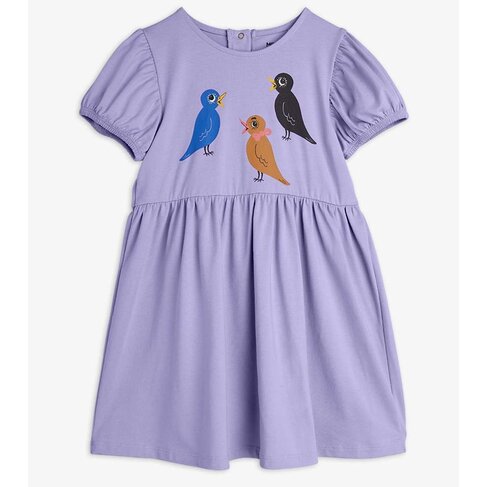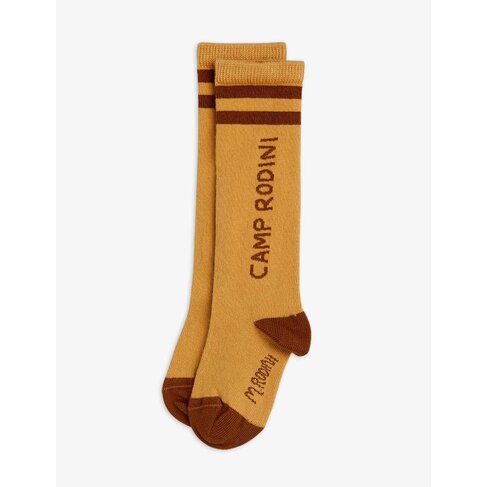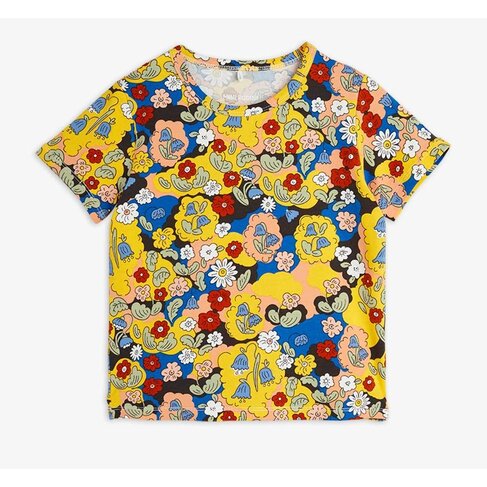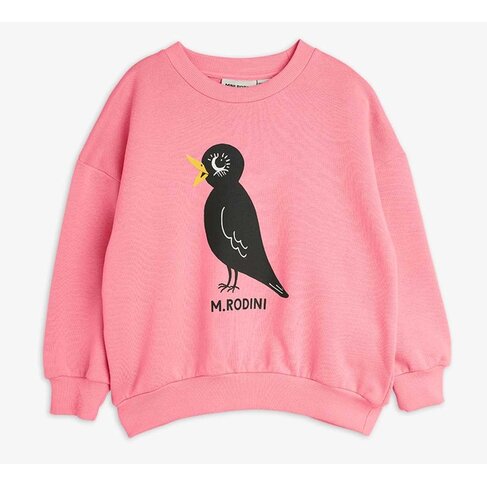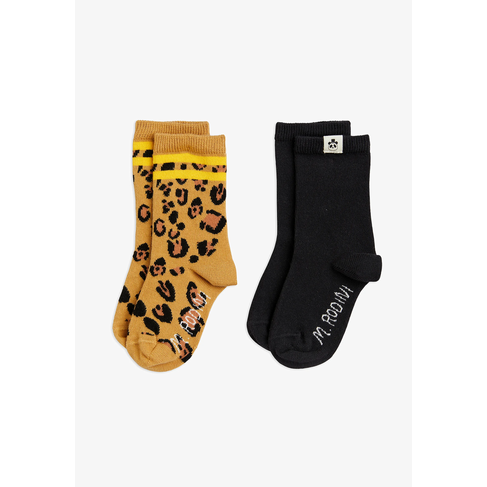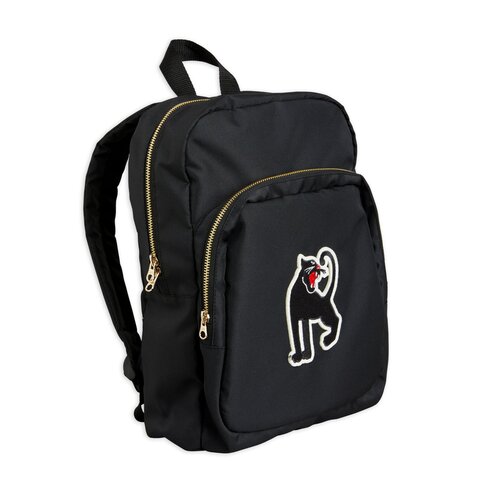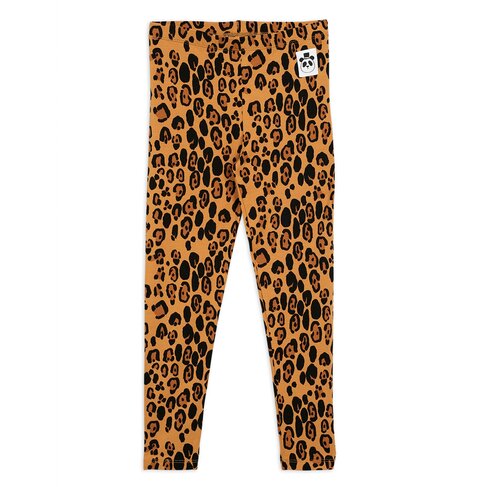Cart
Items

Mini Rodini
Mini Rodini at Adorablekidzz – Sustainable, Creative and Comfortable
Mini Rodini makes clothes that children love to wear, without compromising on the environmental and social impact of production. Since its inception, Mini Rodini has been a pioneer in creating a new way of children's fashion: comfortable, inclusive, creative, unisex and sustainable - always with flair and attitude.
At Adorablekidzz we offer the latest Mini Rodini collection, where fashion and responsibility go hand in hand. Cheerful prints, cool designs and eco-friendly materials make these clothes perfect for the young fashionistas who want to conquer the world.
Discover the sustainable, creative and fashionable world of Mini Rodini at Adorablekidzz – for children who wear style and awareness.
Signup for our Newsletter
Schrijf je in en ontvang direct een kortingscode!


